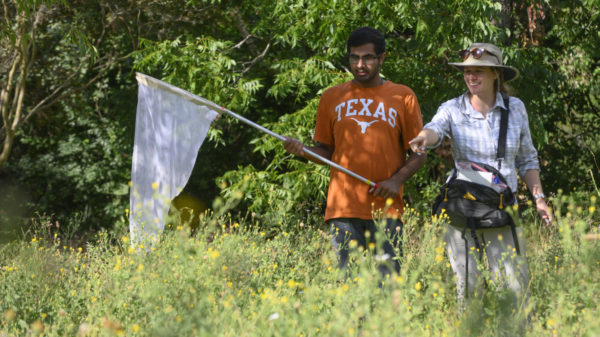
On a steamy morning in early July, education, research and service to community have converged on a single acre of land.
On one side, joggers and cyclists crunch along on the hike-and-bike trail at Lady Bird Lake; on the other, cars whiz along Cesar Chavez Street. Between the two busy thoroughfares, a UT sophomore and his professor wade through a knee-high sea of wildflowers. Every few minutes, Sahran Hashim swipes at the flowers with his net, then looks to see whether he caught anything. If so, Dr. Susan Cameron Devitt produces a collection vial from her waist pack, harvests the insect, and jots a few words in her notebook.
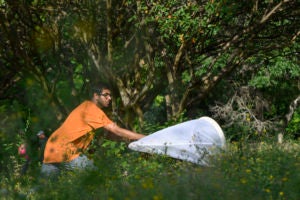
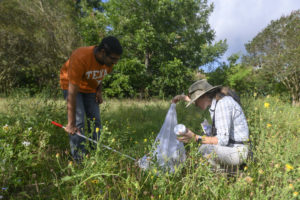
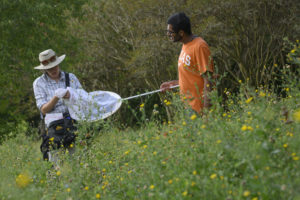
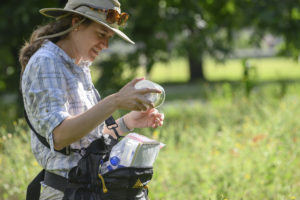
This project — part of the Freshman Research Initiative (FRI) at The University of Texas at Austin and sponsored by UT’s Biodiversity Center — serves two purposes. It educates students in the scientific method. “We’re teaching them how to do research — and not just the techniques and the skills but also the big-picture thinking,” says Cameron Devitt. Hashim says he has learned that a large part of the process of research involves reading literature on the topic to gain background knowledge and understand what is already known.
Natalie Jennings, another rising sophomore who worked on the project, says she learned that analyzing data — in this case identifying collected organisms — is not as straightforward as she thought it would be. “It’s acceptable to make mistakes and to reach out for help,” she says.
Though Hashim began the program as a freshman, he won a competitive fellowship from the FRI program that allows him to continue the study and be a mentor to incoming freshmen.
The research itself is not only advancing knowledge of biodiversity — which, if published, will become part of that body of literature — but is doing it as a service to a community nonprofit, the Ann and Roy Butler Trail Foundation, which supports proper management of Austin’s most beloved trail.
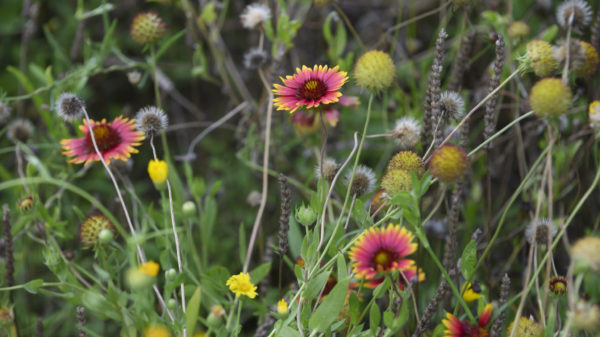
Years ago, this patch of land, like hundreds of other easements and grassy islands in the city, might have been mowed frequently. Now, it is a riot of flowers, weeds, vines and the insects that keep the whole ecosystem thriving, the pollinators.
Hashim and Cameron Devitt want to know which bugs are visiting which flowers. That might seem fairly basic, but the flowers’ growth is staggered throughout the spring and summer, and the mix of insects is continually changing too, so the team visits the same field every two weeks. Today, bluebonnets are long gone, and fire wheels are on their way out, but the bull nettle, Mexican hats, thistles and morning glory are going strong.
The pollinators at work today include bumblebees, butterflies and red wasps. “I have been surprised in the variety of pollinators I’ve found, including a fly that mimics the look of a bee,” says Hashim. Jennings concurs. “I was surprised that it was not just bees doing the pollinating. There were flies and ants and other insects that I did not expect.” There are about a dozen flowers and a dozen dominant pollinators rotating through this patch of land, so the team is tracking about 144 potential “connections” — call them mutual friends — in nature’s social network.
Frequent mowing prevents flowers from blooming at all, but occasional mowing does serve an important purpose in the natural order, says Cameron Devitt. In intact grasslands, grazers and wildfires reset the ecosystem by ridding it of dead plant matter and giving new plants a shot. Mowing provides a similar benefit. Knowing more about the seasonal changes in blossoms and pollination could help answer such basic questions as when to mow.
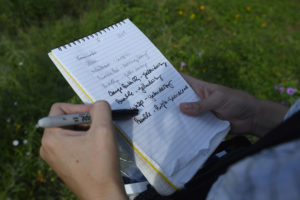
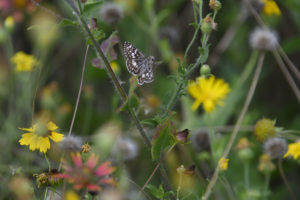
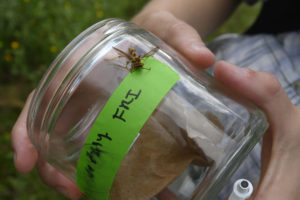
Another outcome of the project could be to increase biodiversity by getting government entities such as the Texas Department of Transportation to change the mix they currently use to seed highway right-of-ways.
While the findings from studying this one acre will prove valuable in their own right, the act of teaching young scientists how biodiversity works and how to do research itself could spread around the world, a concept known as the butterfly effect.
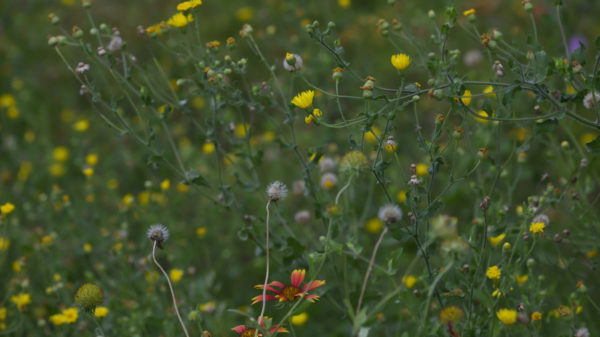
Explore Latest Articles
Apr 23, 2024



